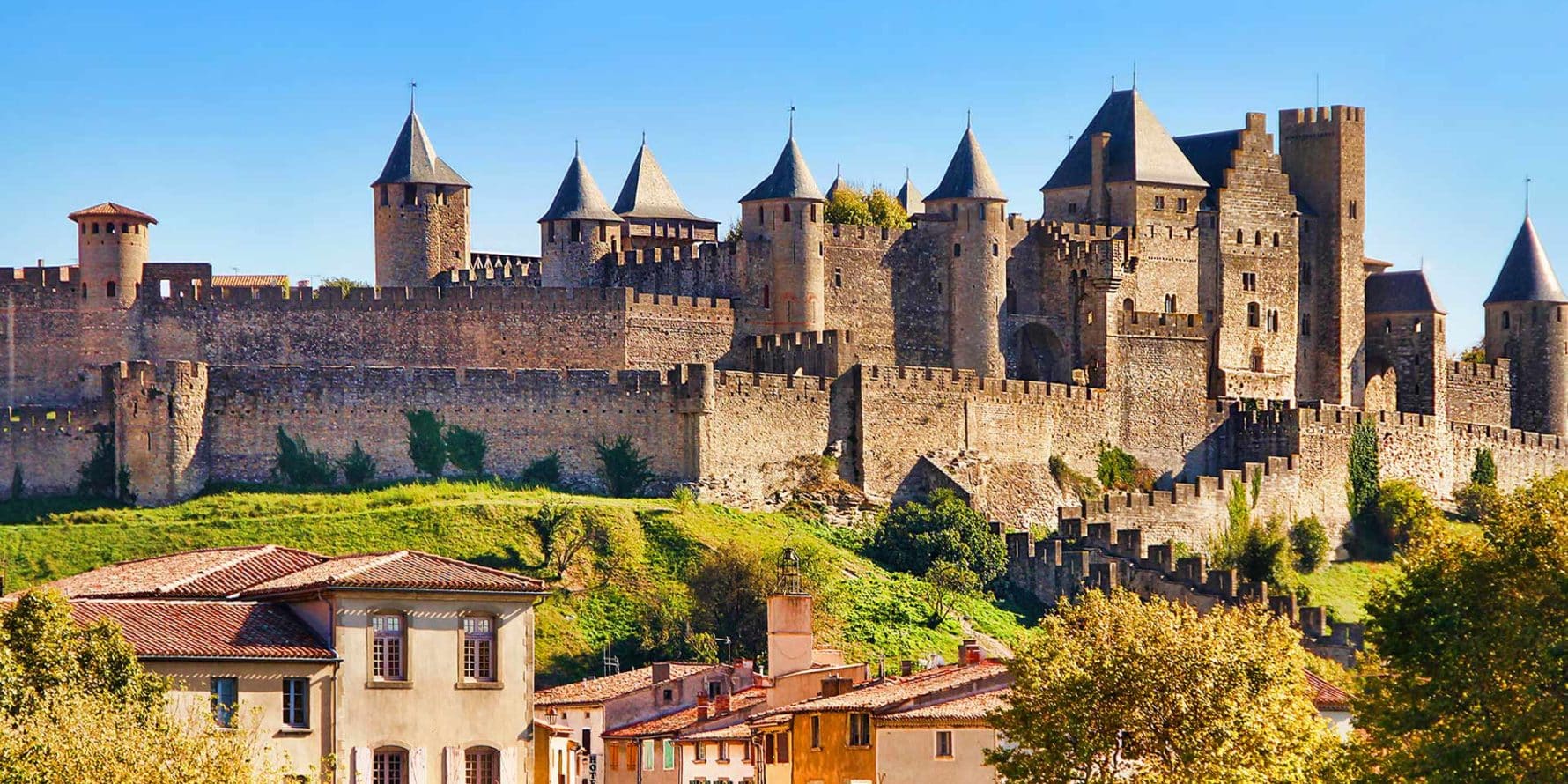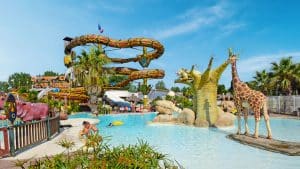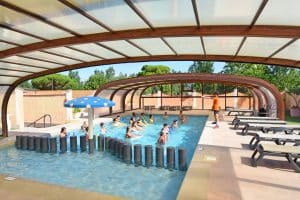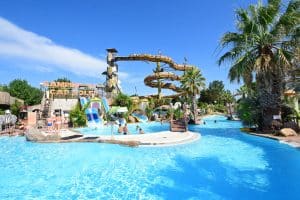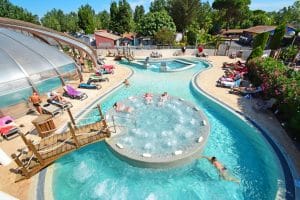It is in Carsac, south of the city, about 100 km from our Vias campsite, that the history of Carcassonne really begins, 1000 years before Christ. In the 6th century B.C., this settlement was abandoned for an oppidum located on the present site of the Cité. The city experienced long periods of occupation by the Visigoths and Saracens. In the 13th century, faced with the Cathar heresy, Pope Innocent III launched the Crusade against the Albigensians. Count Simon de Montfort at the head of the Crusader army laid siege to the city, which was taken in 1209.
Given in 1226 to Saint Louis, king of France, he transformed it into a royal fortress, head of a defensive device of the French-Spanish border. In 1590, during the Wars of Religion, the City did not recognize Henri IV as King of France because he was a Huguenot. A violent conflict divided the city for several months. After the Treaty of the Pyrenees(1659), the City lost its role as a border post and its pre-eminence. The production of woollen sheets, attested as early as the XIV th century, became the main activity. Around 1780, the collapse of the market led to the decline of this industry in the city.
It is only under the III
th Republic that the city finds its economic dynamism thanks to the wine growing and the industries which are related to it. In the XIX
th century, the City, used as a stone quarry, was saved and restored.
Today, Carcassonne, whose city and Canal du Midi are listed as a World Heritage Site, enjoys an international reputation. It welcomes several million visitors each year.
Located on the right bank of the Aude, the city, a medieval village still inhabited, has 52 towers and two concentric walls that total 3 km of ramparts. With free access day and night, through the Narbonne Gate and the Aude Gate, a large part of the medieval city can be visited freely.
THE MONUMENTS AND MUSEUMS ARE NUMEROUS IN CARCASSONNE, GO TO THE WEBSITE OF THE TOURIST OFFICE TO ORGANIZE YOUR VISIT:
www.tourisme-carcassonne.fr
